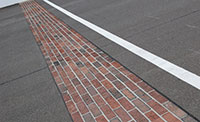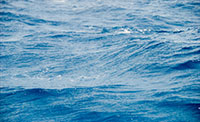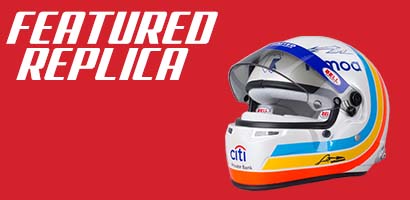
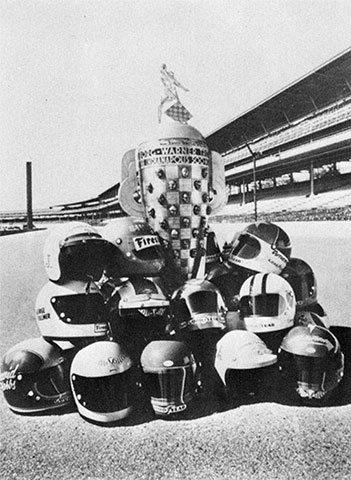
Brand Story
Bell began as a small auto parts store in a suburb of Los Angeles, Bell California. Growing under the leadership of Roy Richter, Bell became a leader in safety equipment for auto racing, motorcycling and bicycling. His commitment to creating great products through a close connection with the sport, along with his trust and care for the people who worked for him, turned Bell from a one-man entrepreneurial operation to the premier safety helmet company in the world.
Roy Richter’s product development philosophy was based on working with the best drivers to develop purpose-built products proven in the most demanding racing environments including the Bonneville Salt Flats and the Indianapolis Motors Speedway.

It Takes A Lot to Finish First
As a racer, car builder and inventor, Richter understood winning requires an amazing combination of cutting-edge technology, seamless teamwork, proven skill, dedication and unwavering nerve. It also takes a good deal of precaution. As a company of first, Bell has never stopped the pursuit of serious head protection through innovation and a focus on the future. Bell was the first company to be Snell certified, introduce an energy absorbing liner system, build a full-face helmet, fire retardant helmet, aerodynamic helmet, anti-fog shield and homologate an FIA 8860 “super helmet”. That same forward thinking defines everything we do and is exhibited in every high-performance racing helmet we build. Delivering the ultimate in protection, innovation, technology and reliability, it’s no wonder why more champions have proudly worn Bell Helmets than any other brand.
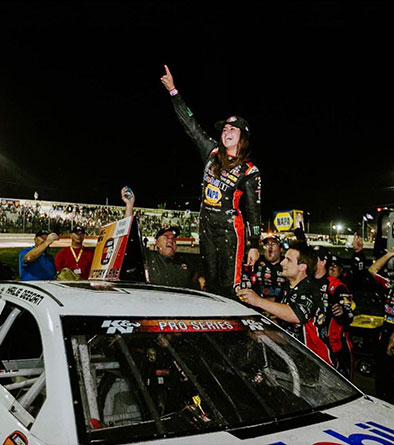
Time Tested, Champion Trusted
For over 65 years, our commitment to innovative design and progressive approach to safety has defined Bell Racing. That same attention to detail continues today throughout our entire line of products making each Bell helmet unique and worthy of being worn by the world’s best drivers.
From our first helmet manufactured in a garage behind Bell Auto Parts in 1954 under the leadership of Roy Richter, to the present line, we're constantly breaking new ground in safety and technology innovation. We know that, as quick as the final flash of that checkered flag, the future soon becomes the past—so we don't look back, we keep pushing forward, searching for the next finish line, the next win in a long history of wins.
That legacy continues today with the purpose of creating and producing state-of-the-art auto racing helmets that enhance driver performance and maximizes protection.
Bell Milestones
-
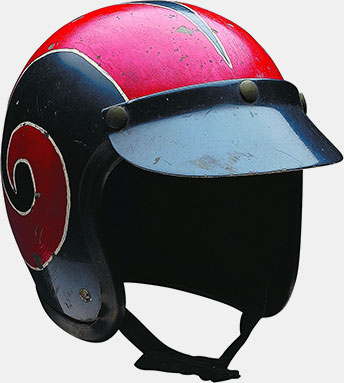
Manufacturing Begins
Bell begins manufacturing its first helmet - the '500' - in a garage located behind Bell Auto Parts.
-
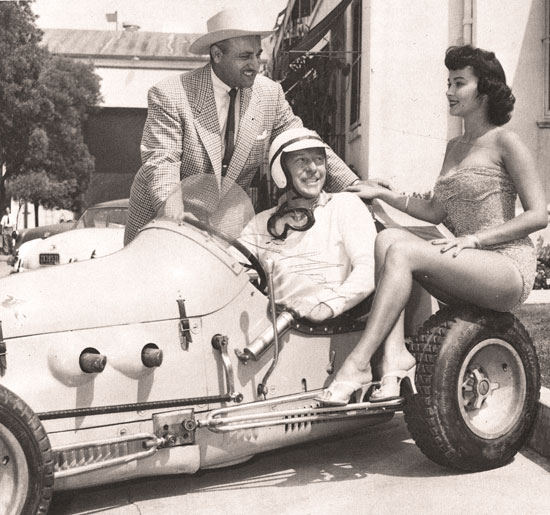
Cal Niday - Indy 500
Cal Niday becomes the first driver to wear a Bell Helmet in the Indy 500. On the 170th lap, Niday crashes hard into a wall. He credits the helmet with saving him from more serious injury.
-
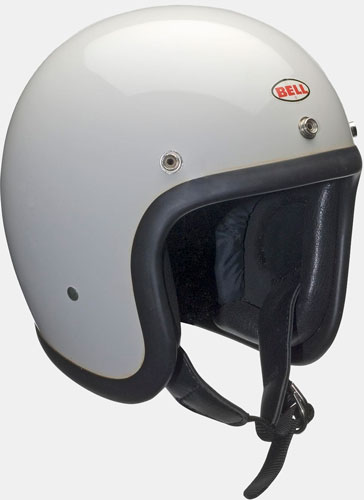
500 TX
500 TX, the first motorsports helmet to use an energy absorbing EPS liner system
-

Jimmy Bryan - Indy 500 Champion
Jimmy Bryan becomes Bell’s first Indianapolis 500 Champion
-

Snell Memorial Foundation
Bell becomes the first company to certify a helmet to the Snell Memorial Foundation standard
-

Jimmy Clark
Jimmy Clark becomes Bell’s first world champion
-
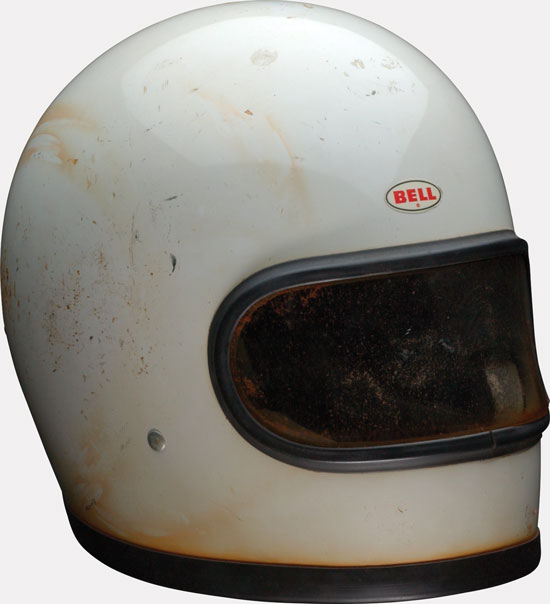
First Full-Face Motorcycle Helmet
Bell develops the first full-face motorcycle helmet.
-

First Full-Face Helmet In Competition
Dan Gurney becomes the first racer to wear a full-face helmet in competition
-
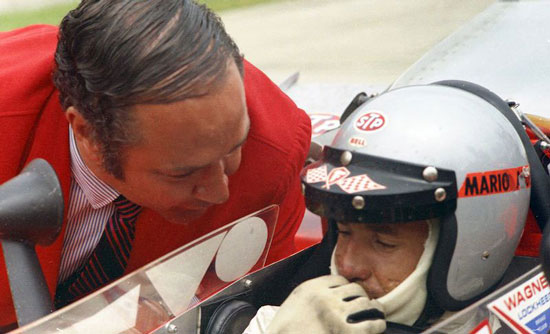
Last Open Face Helmet Winner
Mario Andretti wins the Indy 500 – the last driver to win the 500 in an open face helmet
-
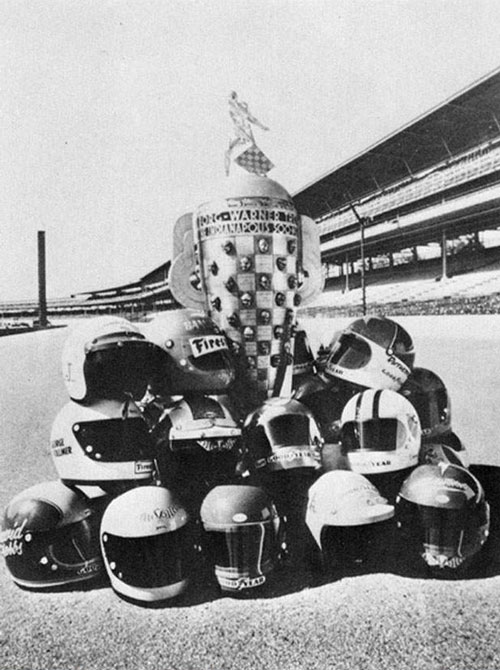
All USAC Drivers Wear Bell
A motor racing history first, all 33 drivers at each of USAC's 500-mile championship races - Indianapolis, Pocono and Ontario - wear Bell helmets.
-

Star FX
Bell introduces the Star FX, the first fire retardant auto racing helmet.
-
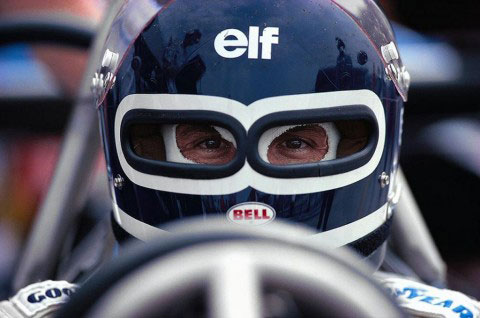
Star Dual Eyeport
The first dual eyeport helmet, Star XF is introduced.
-

XFM-1
The XFM-1 was the first lightweight composite auto racing helmet, quickly becoming the helmet of choice for open wheel drivers around the world.
-
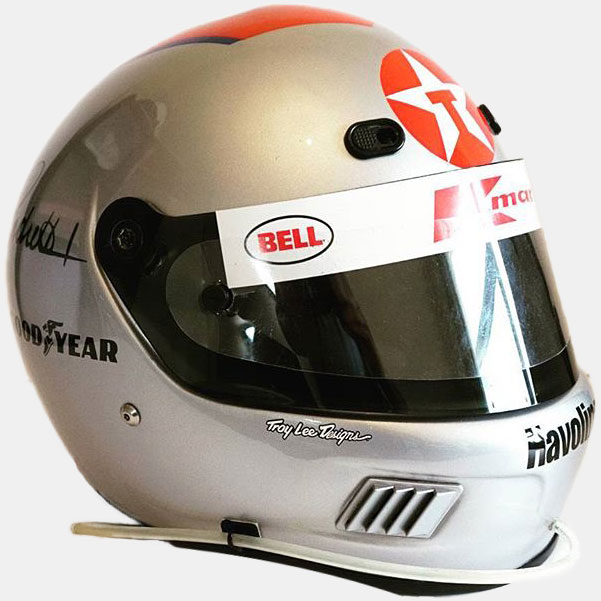
AFX-1
The AFX-1 was the first all Kevlar helmet and the first to feature a ventilation system that incorporated chin bar vents and top vents to create airflow through the helmet.
-
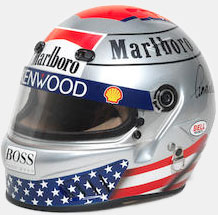
Vortex
Bell continued the evolution of lightweight helmet technology with the Vortex, the first helmet to feature aerodynamic elements including trip strips and vortex generators to reduce helmet buffeting in open wheel environments.
-
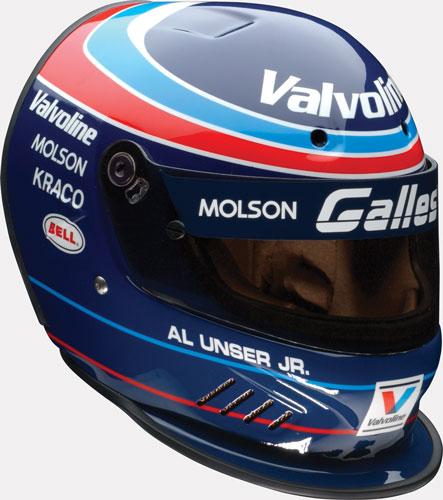
Fueling SS
Incorporating a design element patented by Jim Feuling, the Feuling SS was the first high-speed aerodynamic helmet for well over 200 miles per hour. The helmet featured a front lip and rear wicker to reduce helmet lift and buffeting at high speeds.
-
Vortex Turbo Air
Developed for high temperature/humidity racing, the Vortex Turbo Air was the first auto racing helmet to feature internal high-speed fans that directed airflow to the face and the shield for comfort and to prevent shield fogging.
-
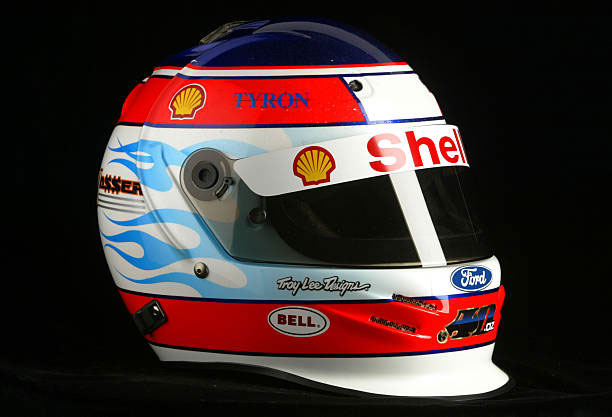
Dominator
The Dominator is introduced, the first helmet with gurneys built into the shell for enhanced aerodynamic performance in a compact design
-
Air Extraction
Designed for closed cockpit forms of racing, the Air Extraction was the first helmet to generate ventilation by using fans to draw airflow through the helmet and out vents located in the top of the helmet to eliminate heat around the driver's head.
-
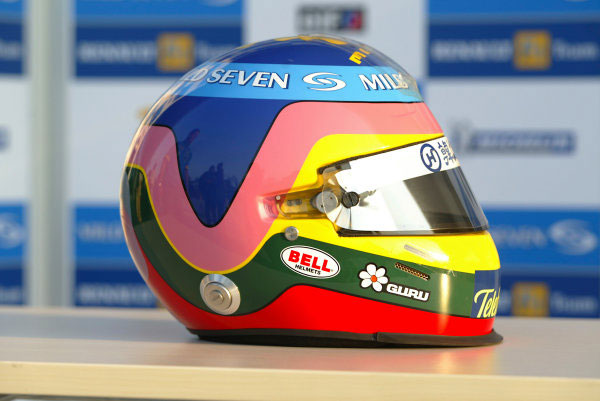
HP1
Bell’s HP1 is the first helmet to be homologated to the FIA8860 advanced helmet standard and used in F1 competition.
-
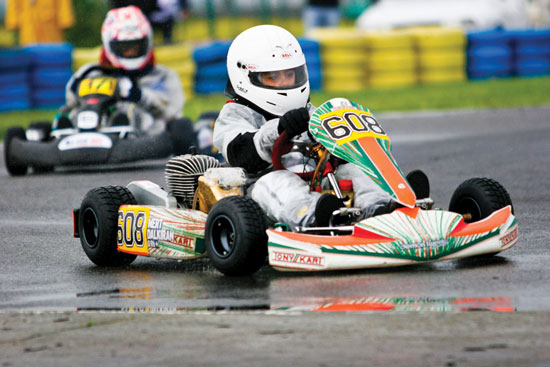
KC3 Certification
The KC3 is the first helmet ever to be certified to the Snell/FIA CMR children's standard.
-
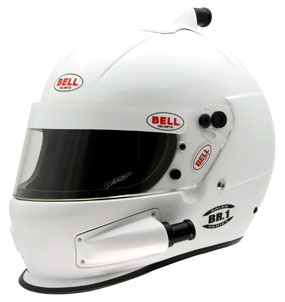
BR1
Bell’s BR1 is the first forced air helmet design for use in either a side or top air configuration using a kit system
-

Zylon Visor Panel
Bell is the first company to homologate and use a Zylon Visor Panel in F1 competition
-

State-Of-The-Art Manufacturing Facility
Bell Racing opens ultra-modern, 60,000 square meter state-of-the-art manufacturing facility to produce the next generation of advanced auto racing helmets
-
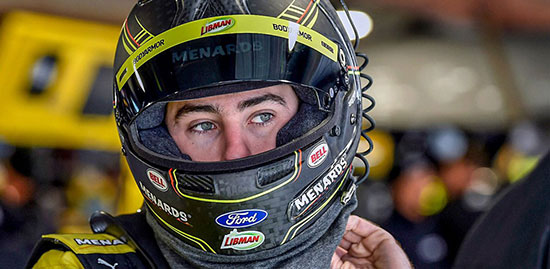
RS7C LTWT
Bell introduces the ultra-lightweight RS7C LTWT model in collaboration with Penske Racing weighing less than 2.75 pounds
-

HP77
Bell introduces the Bell HP77, featuring a visor panel incorporated into the shell


